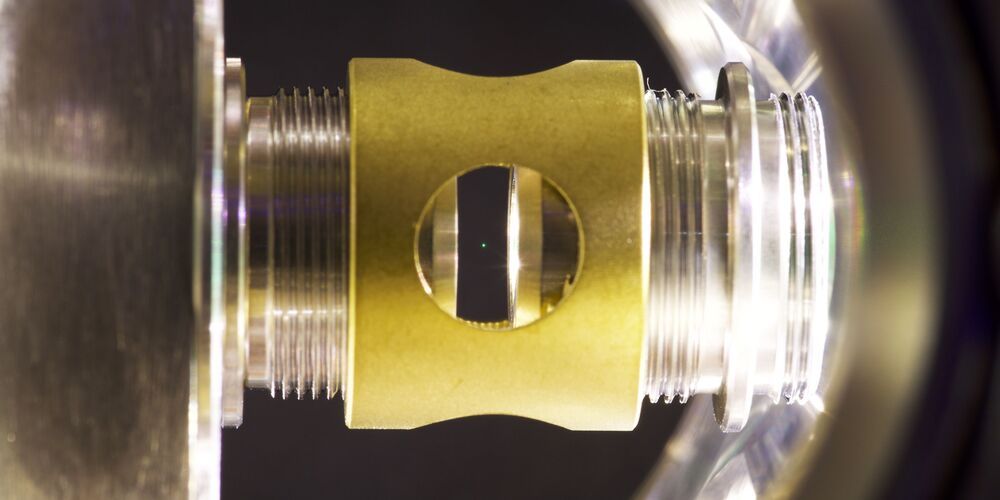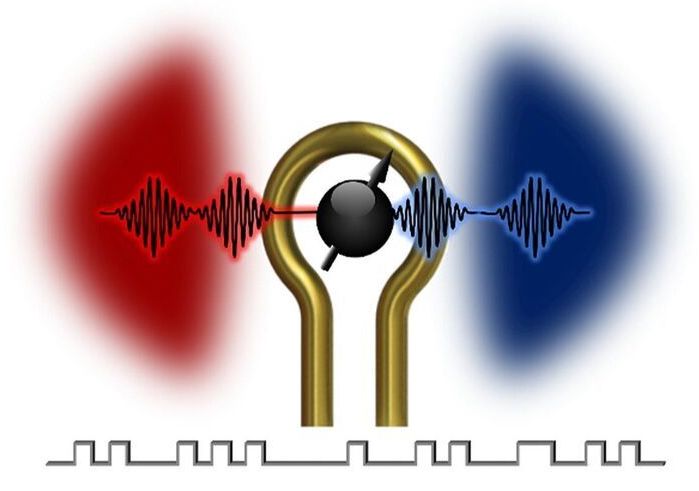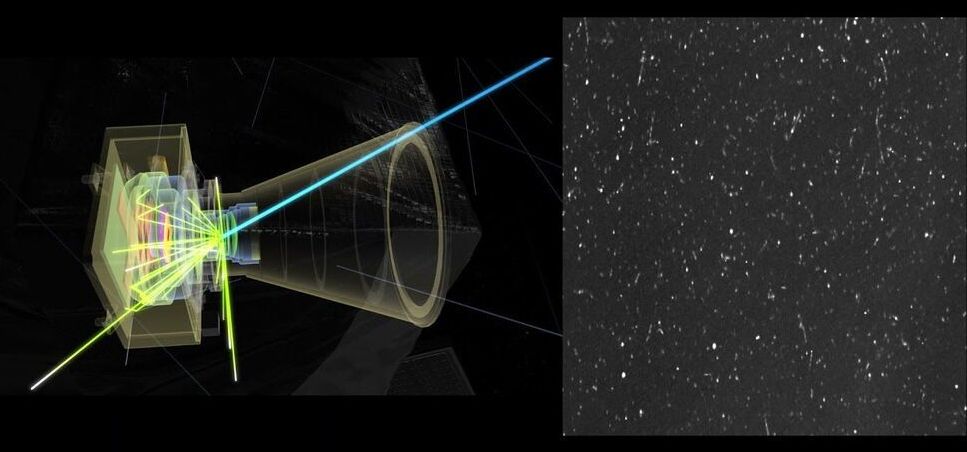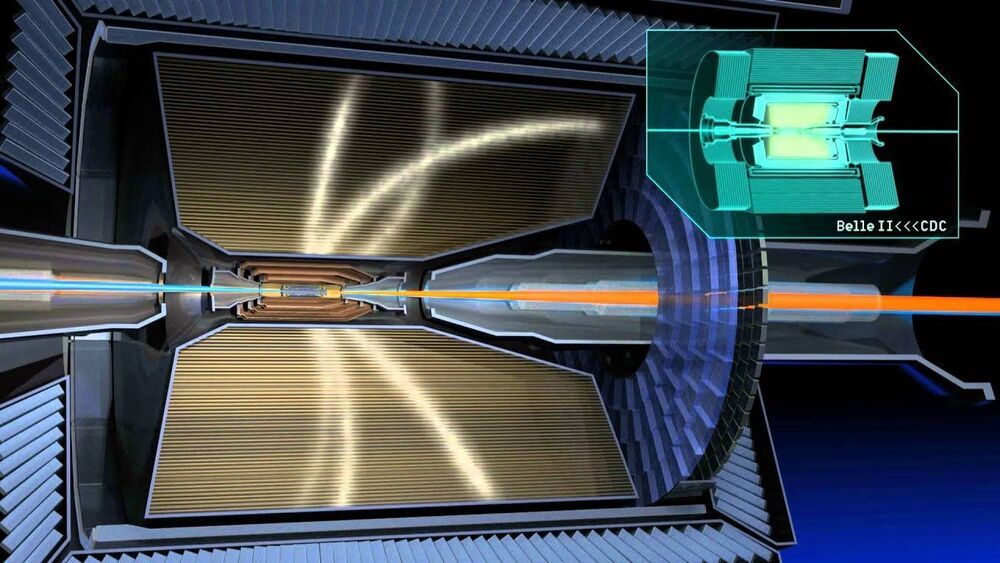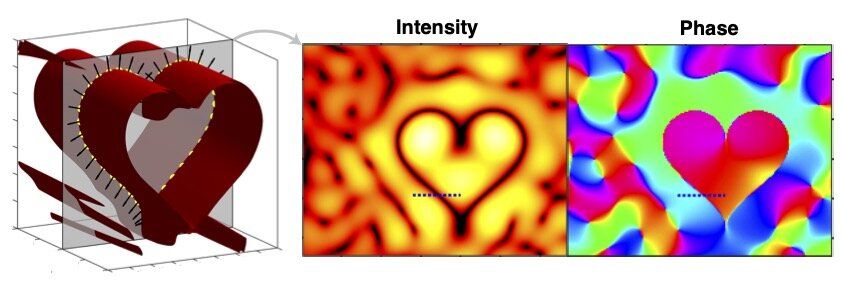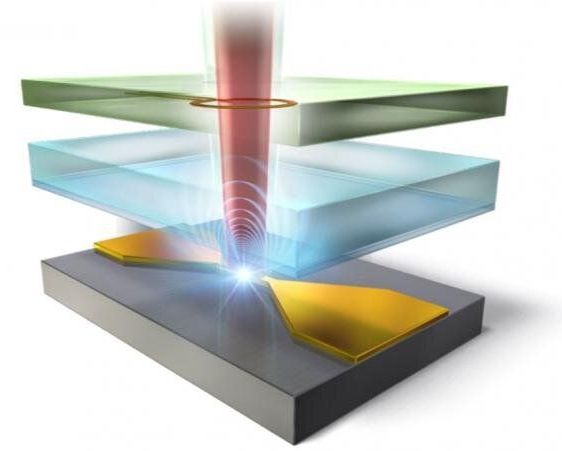Electronic circuits that compute and store information contain millions of tiny switches that control the flow of electric current. A deeper understanding of how these tiny switches work could help researchers push the frontiers of modern computing.
Now scientists have made the first snapshots of atoms moving inside one of those switches as it turns on and off. Among other things, they discovered a short-lived state within the switch that might someday be exploited for faster and more energy-efficient computing devices.
The research team from the Department of Energy’s SLAC National Accelerator Laboratory, Stanford University, Hewlett Packard Labs, Penn State University and Purdue University described their work in a paper published in Science today.

